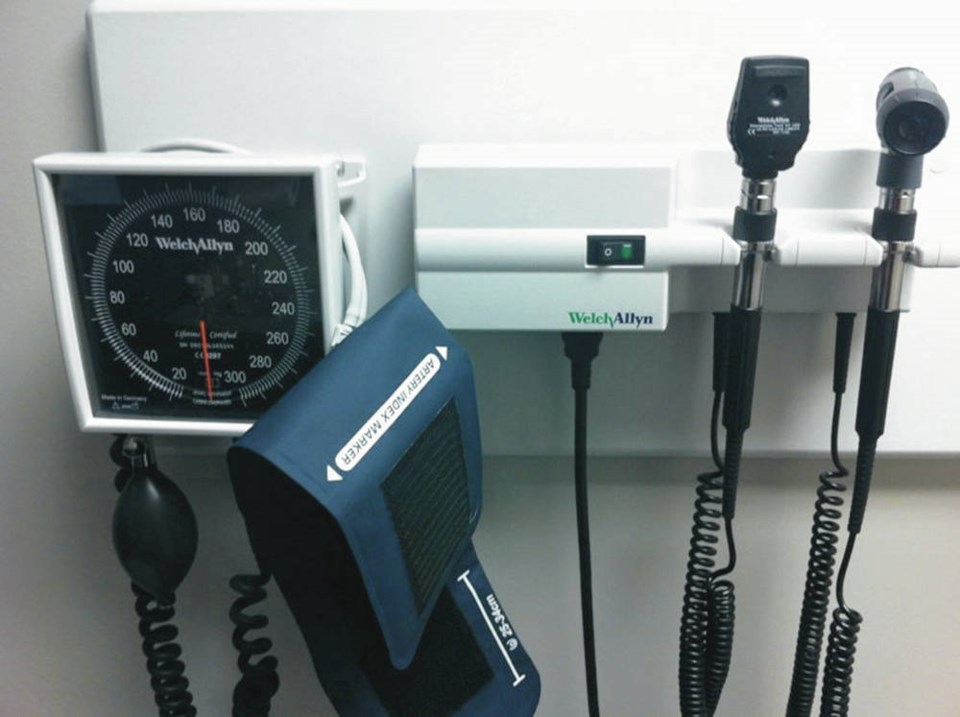Cowichan Valley residents are being asked to refrain from burning woody debris, as their neighbours face higher-than-average rates of chronic obstructive pulmonary disease and asthma.
Such health concerns make people more vulnerable to the effects of wood-stove smoke and outdoor burning, said Dr. Shannon Waters, medical health officer for the Cowichan region of Island Health.
Residents are being encouraged to use other ways to get rid of yard waste.
The valley’s air quality deteriorates in the fall and winter because wood stoves are used more frequently and outdoor burning of yard waste and wood debris increases as well.
Those practices happen elsewhere but the topography and local weather often trap smoke in the valley, the Cowichan Valley Regional District said in a statement.
Ladysmith Mayor Aaron Stone, board chair at the regional district, said that as people are increasingly exposed to wildfire smoke in the summers, “it is extra important that we do what we can to reduce the exposure to smoke in the winter.”
The main concern is the amount of particulate matter released into the air by burning wood waste.
At a certain level, it is linked to lung and heart disease, including heart attacks, and asthma, the district said.
Island Health data collected in 2018 show that in the south part of the Cowichan Valley, chronic obstructive pulmonary disease is affecting 90.2 out of 1,000 individuals. That’s higher than in the rest of the Island Health region, where the rate is 52.5 out of 1,000, while the rate for B.C. is 51.1.
The rate is even higher in the west side of the Cowichan Valley at 102.2. In the north end of the valley, the rate falls to 66.4, but it is still above typical rates for the Island and for B.C.
Reducing particulates in the air will help contribute to better health, Waters said.
Alternatives to open burning of wood and yard waste outside include dropping off wood waste free of charge at regional district recycling centres.
Woody debris can also be chipped, while leaves can be left on the ground and in garden beds — an environmental friendly practice creating places for pollinators and other helpful garden bugs to spend the winter.
For those who feel they must burn, the regional district said it is critical to check the venting index, which must be classified as “good” in the area before burning is allowed under the regional district’s bylaw.
If the index is at “poor” or “fair,” yard waste smoke will not disperse. It stays close to the ground where it can affect the health of residents.
The district notes that the area’s weather and topography mean the venting index is rarely in the “good” category in the fall and winter.
Under the district’s bylaw, burning in the region’s nine electoral areas is only permitted between Oct. 15 and Nov. 15, and from March 15 to April 15.
Only untreated natural wood pruning and branches can be burned.
Leaves and green debris are not allowed to be burned because it creates too much smoke.
Burns ca not be larger than two metres squared and must be at least 10 metres from all property lines.
Burning is allowed only between 7 a.m. and sunset on the same day.
For more information, go to cvrd.bc.ca/cleartheair.
The venting index is at: envistaweb.env.gov.bc.ca/aqo/files/bulletin/venting.html.
There are year-round bans on burning in Duncan, Ladysmith, and Lake Cowichan. The District of North Cowichan has its own burning regulations.
cjwilson@timescolonist.com
- - -
To comment on this article, send a letter to the editor: letters@timescolonist.com



